The age of dinosaurs may have ended some 66 million years ago, but their legacy lives on through modern descendants that walk—or rather, fly—among us today. For decades, the conventional wisdom has pointed to crocodilians as the dinosaurs’ closest living relatives. After all, these armored reptiles certainly look prehistoric with their ancient body plans and predatory lifestyles. However, modern scientific research has revealed a surprising truth that challenges our preconceptions about evolutionary relationships. The closest living relatives to dinosaurs aren’t the toothy crocodiles lurking in murky waters but rather the feathered creatures soaring through our skies. This revelation has profound implications for how we understand dinosaurs and their place in the tree of life.
The Dinosaur Family Tree: A Brief Overview
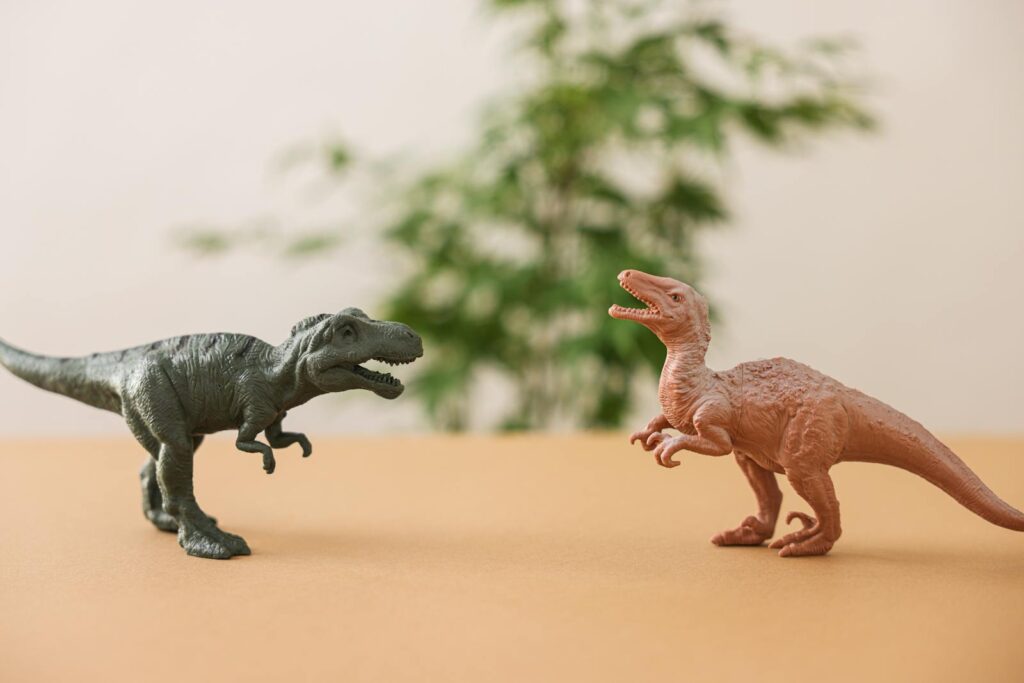
Dinosaurs dominated the Earth for approximately 165 million years during the Mesozoic Era, spanning the Triassic, Jurassic, and Cretaceous periods. They weren’t a monolithic group but rather a diverse assemblage of animals divided into two major branches: the Saurischia (including theropods like Tyrannosaurus and sauropodomorphs like Brachiosaurus) and the Ornithischia (including animals like Triceratops and Stegosaurus). This classification, established in 1887 by Harry Govier Seeley, was based primarily on pelvic structure. Understanding this family tree is crucial because the answer to which modern animals are most closely related to dinosaurs depends largely on which branch of dinosaurs we’re referring to. The evolutionary pathways that emerged from these groups have led to surprising modern descendants, challenging our traditional understanding of dinosaur relationships.
The Case for Crocodilians: A Misunderstood Connection
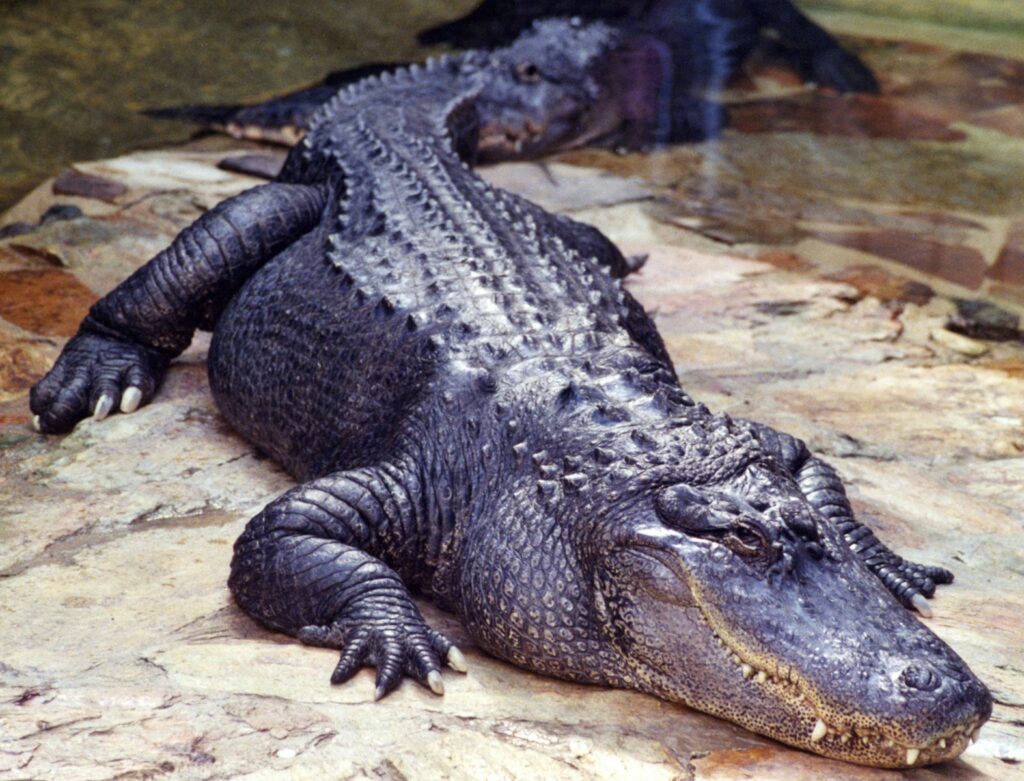
Crocodilians—alligators, crocodiles, gharials, and caimans—have long been viewed as living fossils and the closest thing to dinosaurs in today’s world. This perception isn’t entirely unfounded, as both groups evolved from archosaurs, the “ruling reptiles” that emerged during the Triassic period about 250 million years ago. Crocodilians and dinosaurs share certain anatomical features like specialized teeth set in sockets, certain skull characteristics, and similar ankle structures. They also exhibit comparable predatory behaviors and nesting habits. However, this relationship is actually more like that of cousins rather than direct descendants. Crocodilians diverged from the lineage that would produce dinosaurs (and eventually birds) around 240 million years ago, making them more like dinosaurs’ distant relatives rather than their closest living kin.
Birds: The True Dinosaur Descendants

The scientific consensus today points firmly to birds as the closest living relatives of dinosaurs—in fact, birds are literally living dinosaurs. This isn’t just a matter of distant relation; birds are theropod dinosaurs that survived the Cretaceous-Paleogene extinction event that wiped out their non-avian dinosaur relatives. The classification places birds within Maniraptora, a group of theropod dinosaurs that includes Velociraptor and Oviraptor. This conclusion is supported by overwhelming evidence from skeletal morphology, developmental biology, and genetic analysis. Birds possess numerous features inherited directly from their dinosaur ancestors, including hollow bones, air sacs, feathers, and three-toed feet. The evolutionary transition from non-avian dinosaurs to birds is one of the best-documented evolutionary transitions in the fossil record, with numerous intermediate forms showing the gradual acquisition of avian features.
The Fossil Evidence: Connecting the Dots

The fossil record provides compelling evidence for the dinosaur-bird connection, with numerous discoveries bridging the gap between non-avian theropods and modern birds. The discovery of Archaeopteryx in 1861 offered the first major clue, as this Jurassic animal exhibited both reptilian and avian characteristics. More recent discoveries have strengthened this connection, including Microraptor, a four-winged dinosaur from China, and Anchiornis, which sported feathers on both its arms and legs. Perhaps most striking are fossils of dinosaurs like Sinosauropteryx and Yutyrannus, which clearly show feather impressions, dispelling the notion that feathers evolved only for flight. The fossil evidence forms a remarkably complete transitional series showing the evolution of flight-capable birds from ground-dwelling theropod dinosaurs. Each new discovery fills in additional details of this evolutionary pathway, reinforcing the bird-dinosaur connection.
Feathers: Not Just for Birds Anymore
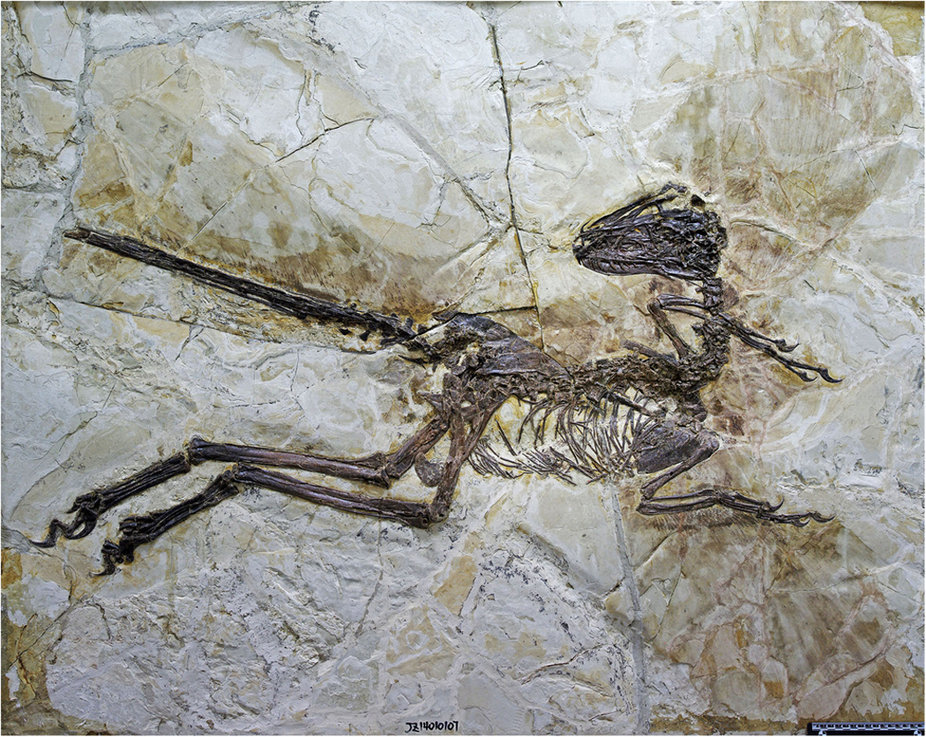
One of the most revolutionary discoveries in paleontology over the past few decades has been the realization that feathers were not an avian innovation but a dinosaurian one. Multiple fossil discoveries, particularly from the Liaoning Province in China, have revealed impressions of feathers or feather-like structures on numerous non-avian dinosaurs. These structures ranged from simple filaments to complex, branched feathers remarkably similar to those of modern birds. Tyrannosaurus rex and its relatives likely had at least some feathery covering, particularly as juveniles. Even dinosaurs far removed from the direct ancestry of birds, like certain ornithischians, appear to have had bristle-like structures that may have been evolutionarily related to feathers. These discoveries have fundamentally transformed our image of dinosaurs from scaly, reptilian monsters to more bird-like creatures, many of which were covered in colorful plumage.
Anatomical Similarities: Beyond Skin Deep
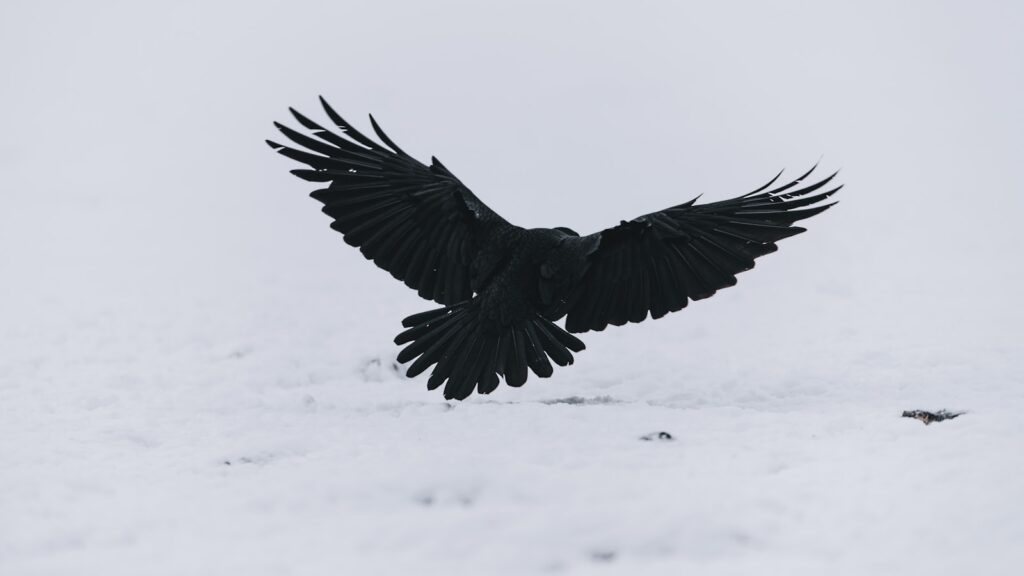
The connection between birds and dinosaurs goes far beyond superficial similarities, extending to profound anatomical correspondences that reveal their shared evolutionary heritage. Both groups possess hollow bones with internal air spaces—a feature that lightened the skeleton while maintaining strength. They share a unique respiratory system with air sacs that extend beyond the lungs, allowing for efficient oxygen extraction. The wrist bones of birds and theropod dinosaurs evolved in remarkably similar ways, allowing for folding motions critical to the wing-folding capability of birds. Even specific features like furcula (wishbones) and the backward-pointing pubis bone appear in both late theropods and birds. The three-toed foot of birds is virtually identical to that of many theropods, and both lay eggs with asymmetrical shells. These anatomical parallels are so extensive and specific that they could only result from direct evolutionary descent.
Behavioral Connections: Dinosaurs That Acted Like Birds

The behavioral similarities between non-avian dinosaurs and birds provide another line of evidence supporting their close relationship. Fossil nests of dinosaurs like Oviraptor and Troodon show remarkable similarities to bird nesting behaviors, including brooding postures with the dinosaur positioned directly over its clutch of eggs. Some theropods appear to have slept with their heads tucked under their arms, similar to modern birds. Evidence from bone beds suggests that certain dinosaurs engaged in social behaviors like flocking or herding, comparable to many modern bird species. Perhaps most striking is the discovery that many theropod dinosaurs built nests and provided parental care to their young, behaviors once thought unique to birds among living reptiles. Even bizarre specialized behaviors like nest parasitism (laying eggs in another’s nest) may have originated in non-avian dinosaurs before appearing in modern birds.
Molecular Evidence: What Genetics Tells Us

While extracting DNA from dinosaur fossils remains in the realm of science fiction, molecular evidence has still contributed significantly to our understanding of the bird-dinosaur relationship. Analysis of proteins recovered from Tyrannosaurus rex fossils has revealed similarities to bird proteins, particularly those of chickens. Birds and crocodilians are the two living groups most closely related to dinosaurs, forming a clade called Archosauria. Genetic studies of these living archosaurs have helped clarify evolutionary relationships and timelines. The bird genome contains remnants of its dinosaurian heritage, with certain gene sequences and regulatory elements traceable to its evolutionary past. Molecular clock analyses suggest that the lineage leading to modern birds diverged from other theropod dinosaurs approximately 150 million years ago, aligning well with the fossil evidence. These molecular studies provide an independent line of evidence confirming what the fossils tell us: birds are living dinosaurs.
The Archosaur Connection: Understanding the Bigger Picture
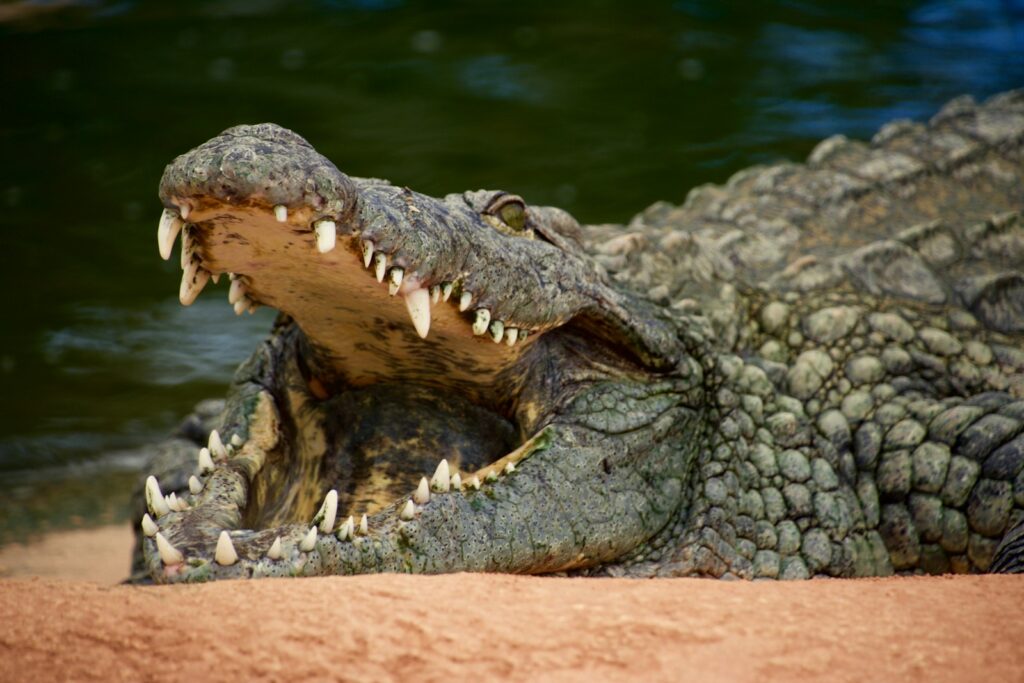
To fully comprehend the relationships between birds, dinosaurs, and crocodilians, we must zoom out to examine the larger group to which they all belong: Archosauria. This clade emerged around 250 million years ago and soon split into two main branches: Pseudosuchia (leading to crocodilians) and Avemetatarsalia (leading to dinosaurs and birds). This means that crocodilians and birds (including their dinosaur ancestors) are actually sister groups, having shared a common ancestor in the early Triassic period. Birds didn’t evolve from crocodilians, nor did crocodilians evolve from dinosaurs—instead, these lineages evolved in parallel from that shared archosaurian ancestor. This relationship explains why crocodilians and birds share certain features that neither group shares with other reptiles, such as their four-chambered hearts and unique vocalization capabilities. The archosaur connection places dinosaurs, birds, and crocodilians in proper evolutionary context, explaining both their similarities and differences.
Living Dinosaurs: How Modern Birds Carry the Legacy

With over 10,000 living species, birds represent the extraordinary success and diversity of the dinosaur lineage in the modern world. Every bird alive today—from the tiny hummingbird to the massive ostrich—is technically a dinosaur, specifically a highly specialized theropod dinosaur. Many distinctive bird traits actually originated in their dinosaur ancestors long before the first birds evolved. The high metabolic rate and likely warm-blooded physiology of birds probably characterized many non-avian dinosaurs as well. The remarkable intelligence seen in birds like corvids (crows and ravens) may have roots in the enhanced cognitive abilities of their dinosaurian forebears. Even the colorful display behaviors of many birds may have evolved from similar displays in feathered dinosaurs. In this light, dinosaurs didn’t truly go extinct 66 million years ago—one highly specialized lineage survived and diversified into the birds we see today.
Rethinking Dinosaur Appearances: The Impact of the Bird Connection
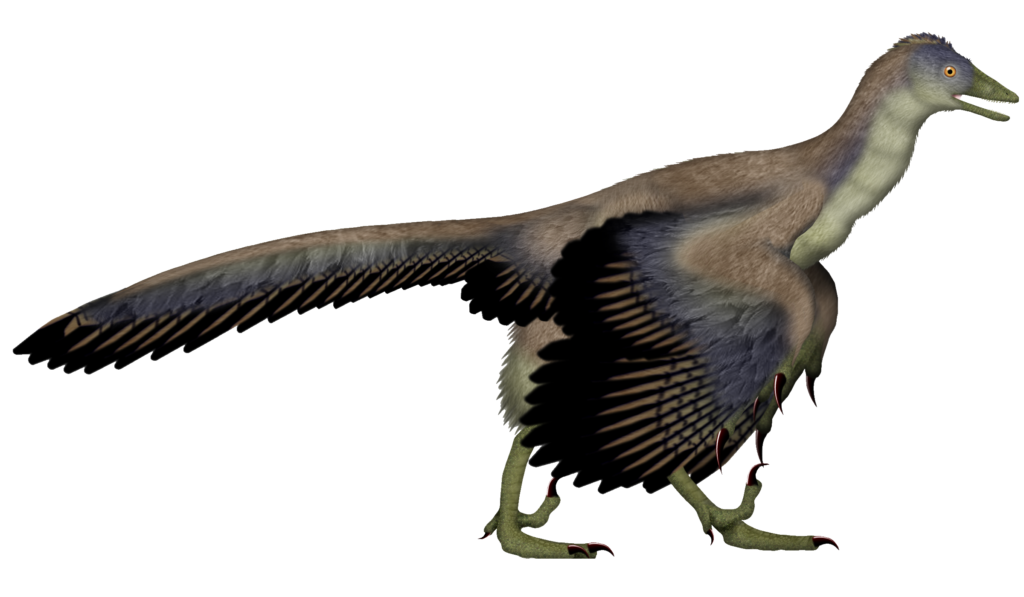
The recognition of birds as dinosaur descendants has dramatically transformed how we visualize extinct dinosaur species. Modern paleoartists now routinely depict many theropod dinosaurs with feathers, based on direct fossil evidence and phylogenetic inferences. Even the coloration of certain dinosaurs can be reconstructed by analyzing the microscopic structures of preserved feathers, revealing that some dinosaurs had iridescent plumage or dramatic color patterns similar to modern birds. The traditional image of dinosaurs as sluggish, cold-blooded reptiles has given way to a more dynamic vision of active, possibly warm-blooded animals with complex behaviors. Species like Velociraptor, famously portrayed as scaly in popular media, are now known to have been fully feathered, more closely resembling strange, flightless birds than oversized lizards. This scientific revolution has fundamentally altered our cultural perception of what dinosaurs looked like and how they behaved.
The Chicken-Dinosaur Connection: Your Backyard Dinosaur Relative

Among modern birds, chickens and other galliform birds (like turkeys and pheasants) often receive special attention in discussions of dinosaur relatives due to their relatively conservative anatomy among birds. Genetic studies have shown that the humble chicken retains a surprising number of ancestral dinosaurian genetic traits. Scientists have even manipulated chicken embryos to express dormant dinosaurian features, such as teeth and longer tails, demonstrating the ancient genetic programming still present in bird DNA. Some researchers have playfully referred to the chicken as the closest living relative to Tyrannosaurus rex, and while this oversimplifies the relationship somewhat, it contains a kernel of truth. The next time you observe a chicken’s scaly legs, remember you’re looking at modified dinosaur scales, and when you see its piercing gaze and alert head movements, you’re witnessing behaviors inherited from predatory ancestors that ruled the Earth for millions of years.
Why This Matters: Implications for Science and Culture

The recognition of birds as living dinosaurs has profound implications beyond academic interest. It demonstrates the power of evolutionary theory to make testable predictions and reveal unexpected connections between seemingly disparate groups of organisms. This evolutionary relationship has practical applications in fields ranging from medicine to materials science, as understanding developmental pathways shared between birds and their dinosaur ancestors can inform human health research and biomimetic engineering. From a conservation perspective, appreciating birds as dinosaur descendants adds another dimension to the urgency of protecting endangered bird species—when a bird species goes extinct, we lose another branch of the dinosaur family tree. Culturally, this scientific understanding has transformed popular depictions of dinosaurs in everything from museum exhibits to films, reflecting how science shapes our collective imagination and understanding of the natural world.
Conclusion: Dinosaurs Among Us
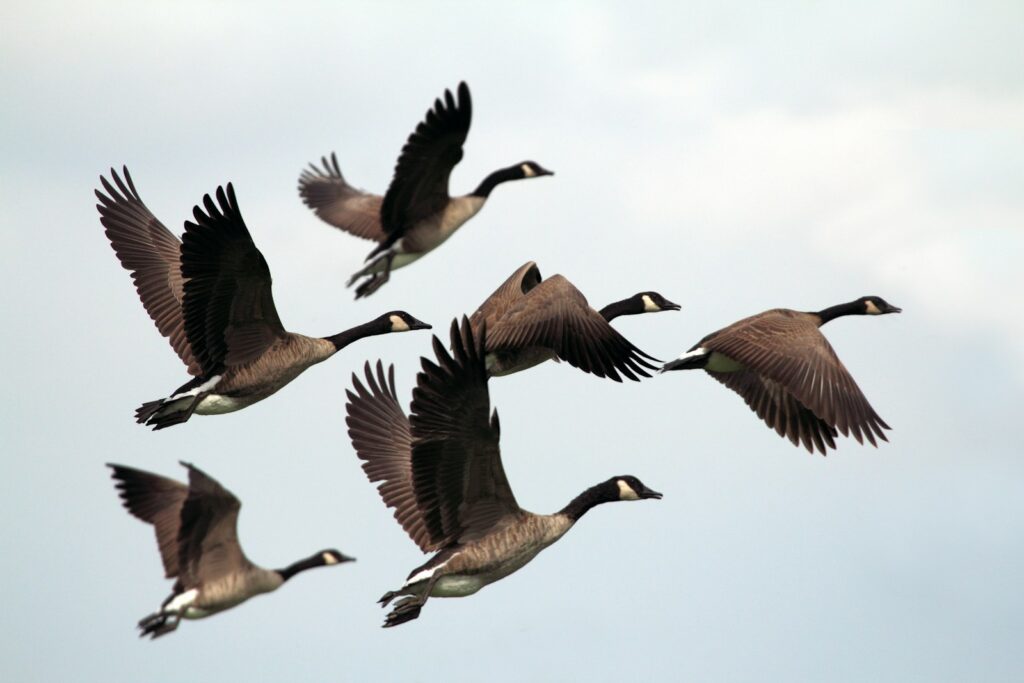
The next time you watch a sparrow hop across your lawn or observe a hawk soaring overhead, remember that you’re witnessing living dinosaurs continuing their evolutionary journey. The truth about dinosaurs’ closest living relatives challenges our preconceptions and reminds us that evolution often takes unexpected paths. Birds didn’t just evolve from dinosaurs—they are dinosaurs, the last surviving lineage of a magnificent group that dominated Earth’s terrestrial ecosystems for over 160 million years. This scientific revelation transforms how we view both extinct dinosaurs and modern birds, enriching our understanding of evolutionary history. So while crocodilians may look more like our traditional image of dinosaurs, the scientific evidence is clear: if you want to know what a dinosaur is like, you need look no further than the birds that share our world today, carrying the genetic and evolutionary legacy of their magnificent ancestors into the present day.



